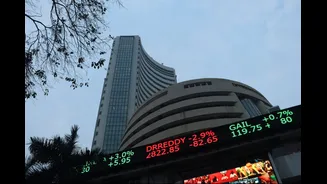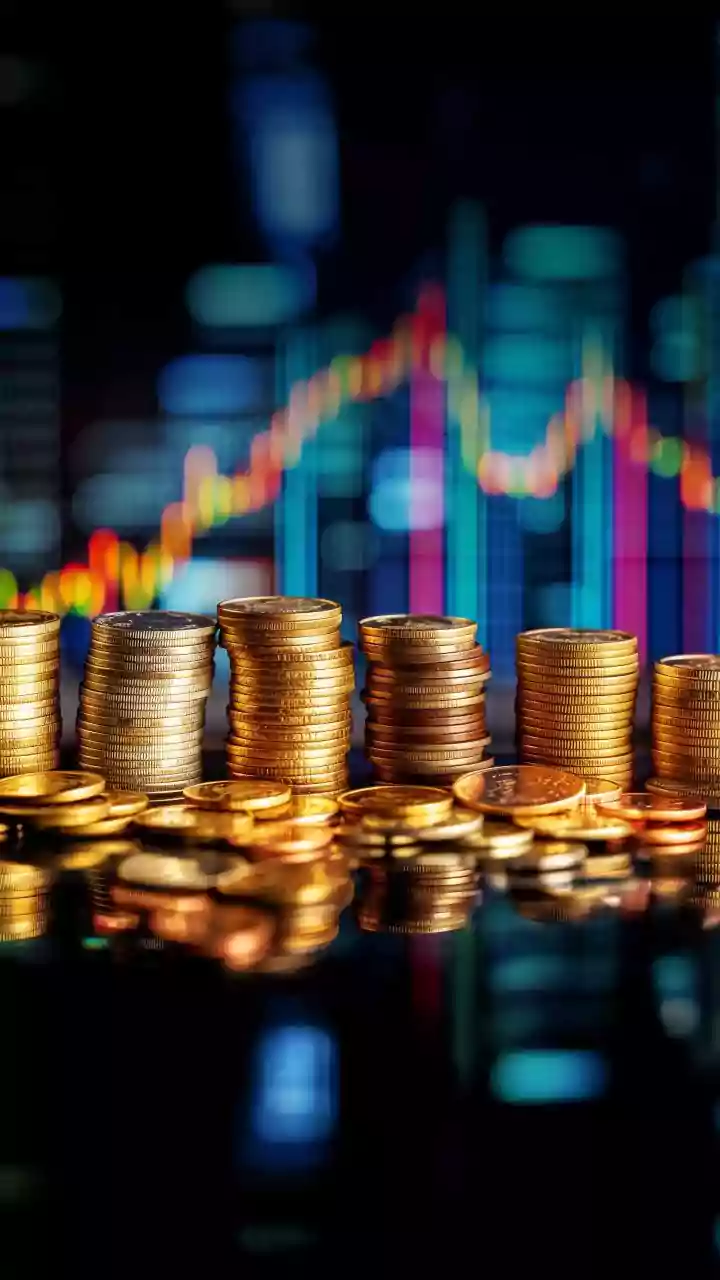Global brokerage Goldman Sachs has upgraded its outlook on the Indian stock market to “overweight” from “neutral”, reversing its October 2024 downgrade. The firm cited strengthening earnings momentum and
policy tailwinds that are expected to support growth in the coming years.
According to a Reuters report, Goldman has set a year-end 2026 target of 29,000 for the Nifty 50, implying a 14% upside from Friday’s closing level.
The Nifty 50 index has gained about 8.5% year-to-date (YTD) but has lagged other emerging markets, which have had one of their strongest years. The underperformance was largely due to an earnings slowdown, foreign investor selling, and tariff-related concerns weighing on market sentiment. However, Goldman analysts now believe that the “year-long earnings downgrade cycle” has bottomed out, setting the stage for a recovery.
Goldman attributed its positive shift to a combination of growth-supportive measures, including interest rate cuts by the Reserve Bank of India (RBI), improved liquidity conditions, banking deregulation, reductions in Goods and Services Tax (GST), and a slower pace of fiscal consolidation.
The brokerage also noted that September-quarter earnings have broadly exceeded expectations, prompting upward revisions in select sectors.
Goldman expects financials, consumer staples, durables, autos, defence, oil marketing companies, and internet and telecom firms to lead the recovery, while maintaining a cautious stance on export-oriented IT, pharma, industrials, and chemicals due to earnings headwinds and moderating public capex.
Despite foreign portfolio investors (FPIs) offloading around $30 billion since the Nifty’s 2024 peak and another $17.4 billion so far in 2025, Goldman sees signs of a turnaround. This optimism is underpinned by record domestic equity inflows of about $70 billion, supported by consistent retail participation and steady SIP investments.
The brokerage added that India’s valuation premium over other emerging markets has now narrowed significantly compared with September 2024, making it “defensible”, even though India still trades at the highest valuations among peers.
Amid geopolitical and trade uncertainties, Goldman emphasised key investment themes such as domestic self-sufficiency, a revival in mass consumption, expansion in new-economy sectors, and high-growth opportunities at reasonable valuations, which it sees as central drivers of future market returns.
Goldman Sachs’ India upgrade also aligns with a similar move by HSBC in late September, which cited improving earnings visibility and continued policy support as reasons for its optimistic stance on Indian equities.
















